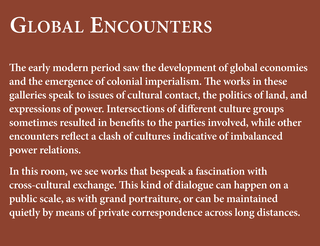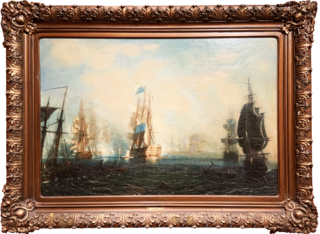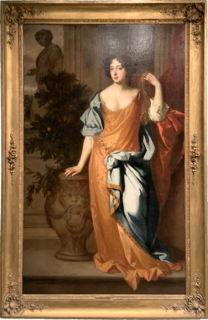
Binh Danh is a photographer like no other. Using a deceptively simple photographic process, he harnesses the inherent power of the sun to imbed images of a past war into the very membranes of living plants. In doing so, he brings the landscape and the soldier who fought and died amid the verdant life of the jungle, together.
The unique things about Danh's work is that the images he uses are not his own. Binh Danh's current work depicts victims of the Vietnam and Iraq Wars culled from source material such as Life magazine, The New York Times, and in some instances, from people's discarded ephemera and mementos. When asked, Binh Danh says that he sees himself as a ceramicist and that the medium he molds in the media. This ability to cull our media is the quiet yet brilliant genius of Binh Danh's work.
The power of the media to shape perceptions, beliefs, popular opinion, and even national policies is never more apparent than during times of war. The character of the Swamp Thing may have originally began in the swamps of the US south, but he evolved into a character emblematic of Vietnam soldiers as evidenced by the images collected and included in the exhibition. We no longer see images of soldiers in the battlefield on the cover of such ubiquitous magazines such as Life. Our current government has severely curbed the mass media's ability to depict the war in Iraq in its effort to influence popular opinion about the war, why it's being fought, and the brutal reality of life on the frontline. Yet, there was a time when popular media did depict these very subjects that are now deemed too "real" for us to see. So, now, even as we stand here, soldiers and civilians fight and die in the desert landscape of Iraq. Yet, our government would rather we not reflect upon the harsh reality of war.
As a result, Binh Danh's use of imagery from the Vietnam War becomes a voice of both the past and the very real, very censored, present. We are simultaneously reminded of the war we fought some forty years earlier and the largely silent and faceless war we are fighting today.
Binh Danh's work has a quiet urgency. There is something inherently gentle about the faded colors of the leaves and grass; something delicate and painfully beautiful in the detail of the lines and veins that permeate each leaf and image. Yet, in the gentleness, there is the ever present reality of war. Danh's work forces us to hold beauty and horror together. The memory of those that have suffered as a result of war lives on in a fragile leaf that was once living, breathing life as well. There is a certain sad wisdom there leaves can teach us. We only have to look. And listen. And feel.
-Monika Del Bosque Independent Curator, Salt Lake City, January 2008




